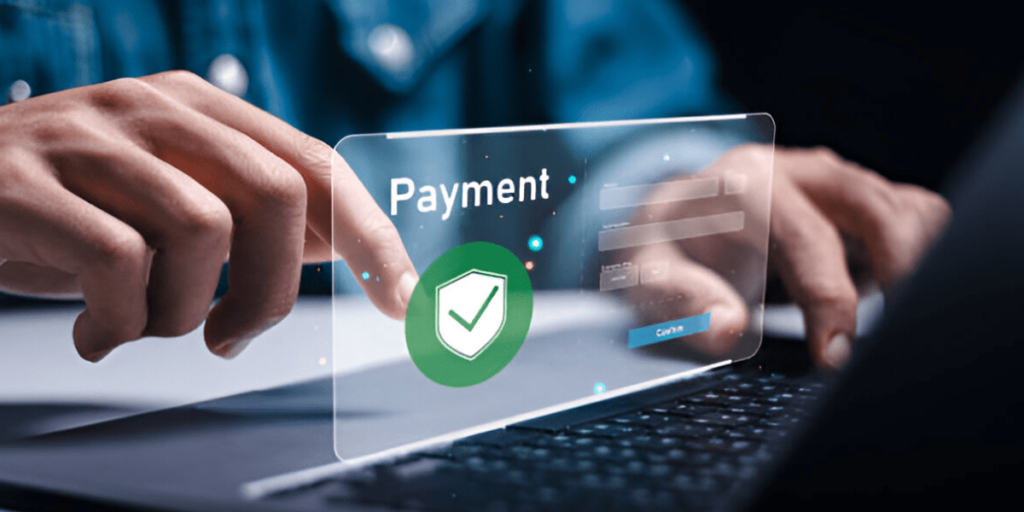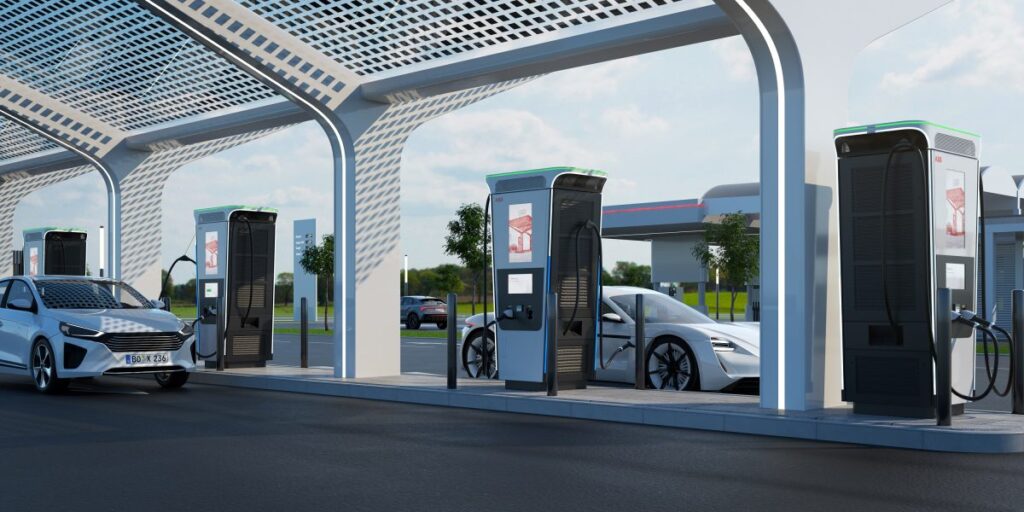In a market saturated with creative talent, your design skills alone aren’t enough to attract consistent leads. Graphic Design Lead Generation starts with understanding how to use visual storytelling as a magnet for potential clients. High-quality design work displayed strategically can build trust, ignite curiosity, and showcase your unique aesthetic. Whether it’s through a curated Instagram feed, an interactive portfolio, or engaging social media graphics, compelling visuals spark the interest that eventually converts to leads.
Optimizing Your Website for Conversions
Your website isn’t just a digital portfolio—it’s your lead generation engine. Graphic Design Lead Generation thrives on websites that are clean, fast, and user-friendly. Include clear calls to action (CTAs), visible contact forms, and portfolio pieces that align with your target audience’s needs. Highlight testimonials and success stories to build credibility. Incorporating an inquiry form with targeted questions helps pre-qualify leads and reduce time wasted on mismatches.
Using SEO to Attract Organic Leads
Graphic designers often overlook the power of search engine optimization (SEO). Graphic Design Lead Generation improves dramatically when your site ranks well for design-related keywords. Optimize page titles, alt text for images, and meta descriptions with terms your ideal clients are searching for. Writing blog posts about design trends, case studies, and client success stories not only shows your expertise but also increases visibility in search results, bringing in organic traffic that converts.
Leveraging Social Media Platforms
Social media isn’t just for sharing pretty pictures—it’s a powerful lead generation tool when used with intention. Graphic Design Lead Generation on platforms like Instagram, LinkedIn, and Pinterest hinges on consistency and storytelling. Post your process, behind-the-scenes moments, client results, and educational content to build trust. Use platform-specific features like Instagram Stories, LinkedIn Articles, and Pinterest boards to guide viewers toward your website or contact page.
Building an Engaged Email List
While social media grabs attention, email marketing builds relationships. Graphic Design Lead Generation through email starts with offering value in exchange for signups—think downloadable design guides, templates, or branding checklists. Once subscribed, nurture your list with regular emails showcasing recent work, industry insights, or exclusive offers. Personalization and consistency turn subscribers into clients who feel connected to your brand.
Networking in Digital and Local Communities
Human connection still matters in the digital world. Graphic Design Lead Generation can accelerate through active involvement in both online and local communities. Join design forums, Facebook groups, and LinkedIn communities where potential clients hang out. Locally, attend meetups, creative expos, or business networking events. When people see you as helpful and knowledgeable, they’ll remember you when they need design work—or refer you to someone who does.
Collaborating with Agencies and Freelancers
Graphic designers often view others in the industry as competition, but smart collaborations can lead to more leads. Graphic Design Lead Generation can scale when you partner with web developers, marketers, writers, and other creatives who don’t offer design services. These professionals often need design expertise for their clients and will gladly refer you if they trust your work. You can also build white-label partnerships with agencies to tap into a steady stream of projects.
Creating Targeted Landing Pages
Generic portfolios won’t convert like tailored landing pages. Graphic Design Lead Generation increases when you create project-specific pages aimed at particular industries or services. If you specialize in branding for coaches, build a landing page with testimonials, case studies, and language that speaks directly to coaches. Use focused CTAs and minimal distractions so that visitors are more likely to inquire or book a consultation.
Investing in Paid Advertising

If you’re ready to scale faster, paid ads can accelerate the process. Graphic Design Lead Generation via platforms like Google Ads, Facebook, or Instagram lets you target specific demographics with laser precision. Promote high-converting landing pages or offer a free consultation to attract quality leads. Retargeting ads can also be used to re-engage visitors who’ve checked your site but didn’t convert. Just be sure to track performance and continuously refine your ad creatives.
Offering Free Value to Build Trust
Giving away value for free may seem counterintuitive, but it can supercharge lead generation. Graphic Design Lead Generation benefits from offering freebies like design audits, downloadable templates, or branding assessments. These low-risk offers build trust and position you as an expert. Potential clients get a taste of your value, making them more comfortable investing in your paid services down the line.
Utilizing Case Studies to Show Results
It’s not just about what you designed—it’s about the results you helped your clients achieve. Graphic Design Lead Generation improves when you tell success stories through case studies. Instead of just showing pretty logos, explain the challenge, your approach, and the outcomes. Use real metrics when possible, such as increased sales or user engagement. This positions you as a solution provider rather than just a creative service.
Focusing on a Niche Market
Trying to serve everyone can leave you serving no one. Graphic Design Lead Generation works best when you specialize. Whether it’s real estate branding, e-commerce graphics, or digital course design, having a niche allows you to tailor your messaging and attract leads who see you as the obvious expert. A focused niche makes it easier to stand out, get referrals, and create content that speaks directly to your ideal client.
Adding Strategic CTAs to Your Content
Even great content can fall flat if you don’t tell the audience what to do next. Graphic Design Lead Generation hinges on strong, strategic calls to action. Every blog post, social media caption, and portfolio item should guide the viewer toward taking a step—whether it’s booking a call, downloading a freebie, or filling out a project form. CTAs should be clear, benefit-driven, and placed in multiple spots across your content.
Using Testimonials as Social Proof
Nothing builds trust like hearing from happy clients. Graphic Design Lead Generation is strengthened by the strategic use of testimonials on your website, emails, and social media. Go beyond vague praise—ask clients to describe what problem you solved and what results you delivered. Video testimonials can be especially powerful, putting a human face to your work and reinforcing your credibility.
Staying Consistent with Branding
Your brand should reflect the kind of clients you want to attract. Graphic Design Lead Generation increases when your own visual identity is polished, consistent, and aligned with your target market. If you want to attract modern tech startups, your brand should feel clean, innovative, and digital. If you’re targeting wellness brands, soft palettes and calming typography might be more appropriate. A consistent brand builds recognition and reinforces trust.
Tracking and Refining Your Strategy
Lead generation isn’t one-size-fits-all, and what works today might not work tomorrow. Graphic Design Lead Generation requires ongoing analysis and refinement. Use tools like Google Analytics, social media insights, and CRM software to track where your leads come from, what content they engage with, and how they convert. Test different landing pages, ad creatives, and email sequences to see what performs best—and double down on what works.
Final Thoughts
Graphic Design Lead Generation isn’t just about being a great designer—it’s about showing the right people your value in the right way. By combining strong visuals with smart strategy, consistent branding, and proactive outreach, you can create a steady stream of qualified leads who are excited to work with you. Stay intentional, stay visible, and keep refining your process to grow your design business with confidence.
















